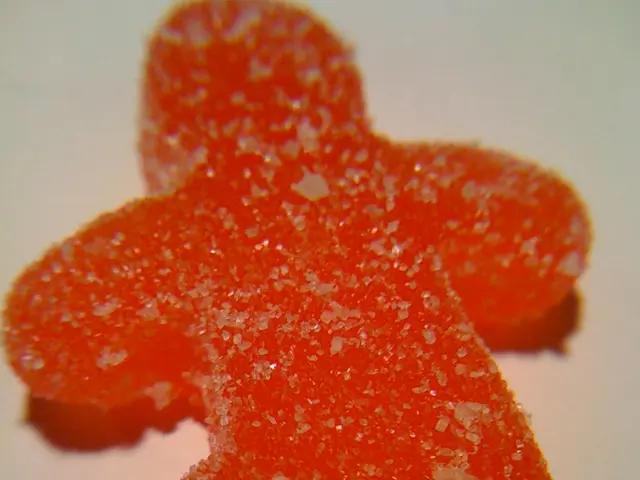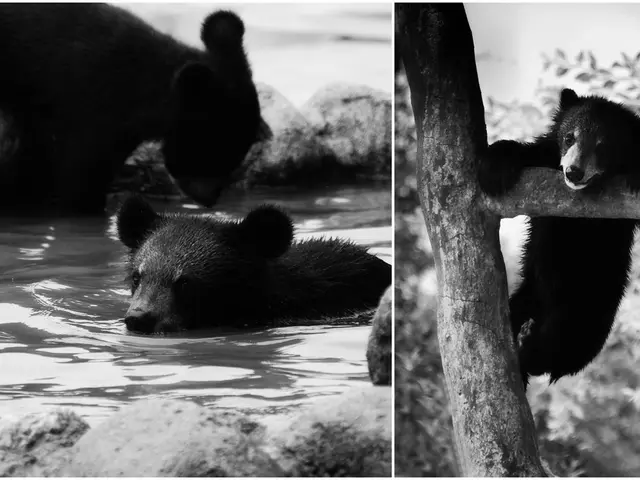Experts Warn Against Using Beer as a Tanning Method
A popular misconception exists that a golden tan improves one's appearance by making them seem more youthful, healthy, and attractive. While numerous methods exist to achieve a sun-kissed glow, such as bronzers and sunless tanners, the temptation to pursue an unsafe tanning method remains. One such trend gaining attention is beer tanning, which touts the use of beer as a tanning lotion.
Cleveland Clinic, a non-profit academic medical center, advises against this practice, as it exposes individuals to unnecessary risks. Dermatologist Shilpi Khetarpal, MD, warns against the harmful effects of beer tanning, emphasizing that there is no scientific evidence to support the notion that hops in beer increase the skin's melatonin levels. Moreover, this method leaves the skin completely unprotected from the sun's harmful ultraviolet (UV) rays.
According to Dr. Khetarpal, if sunscreen is not applied, the skin remains unprotected, increasing the risk of sunburn and skin cancer. Additionally, exposing the skin to excessive UV radiation can result in dehydration, wrinkles, heat exhaustion, and heat stroke.
Concerningly, the age group that appears to be following this unsafe trend consists of individuals between 15 and 34 years old-the same group that has a disproportionately high incidence of skin cancer, a statistic that is on the rise. To compound the issue, every year, an estimated 5 million cases of skin cancer are diagnosed in the United States. Alarming statistics paint a grim picture, with 1 in 5 people developing skin cancer by the age of 70, and invasive melanoma cases predicted to increase by 32% from 2014 to 2024, along with an expected 3.8% increase in melanoma-related deaths in 2024.
Protecting the skin from the sun's harmful rays is crucial, especially during childhood when most sun exposure occurs. To minimize the risk of skin cancer, Dr. Khetarpal suggests several precautions:
- Apply a broad-spectrum sunscreen with an SPF of 30 or higher.
- Wear UPF clothing, as certain fabrics offer UV protection.
- Don a hat and sunglasses to protect your face, neck, and eyes.
- Seek shade when possible, which can help reduce the risk of sunburn and dehydration.
When outdoors, it is essential to wear an SPF 30 or higher sunscreen daily, regardless of the weather, and to reapply every two hours. Additionally, seek out UPF-protected clothing and shade during peak sun hours, typically between 10 a.m. and 2 p.m.
In conclusion, while the pursuit of a tan may be a cultural obsession, beer tanning poses more harm than benefit. Ponder whether a potential risk of skin cancer is worth the shallow allure of a tan. Furthermore, the mess and stickiness associated with beer tanning make it an undesirable option. Dr. Khetarpal encourages individuals to prioritize their health and well-being by avoiding excessive alcohol intake and embracing safe sun protection practices.
- The harmful effects of beer tanning, as highlighted by dermatologist Shilpi Khetarpal, include increased risk of sunburn, skin cancer, dehydration, wrinkles, heat exhaustion, and heat stroke, making it unadvised to follow this trend.
- Alarming statistics show that every year, an estimated 5 million cases of skin cancer are diagnosed in the United States, with 1 in 5 people developing skin cancer by the age of 70. This troubling trend is particularly prevalent among individuals aged 15 to 34, highlighting the need for implementing healthy sun protection practices.
- To minimize the risk of skin cancer and protect one's health, Dr. Khetarpal advises the application of a broad-spectrum sunscreen with an SPF of 30 or higher, wearing UPF clothing, donning a hat and sunglasses, seeking shade when possible, and reapplying sunscreen every two hours, regardless of the weather.








